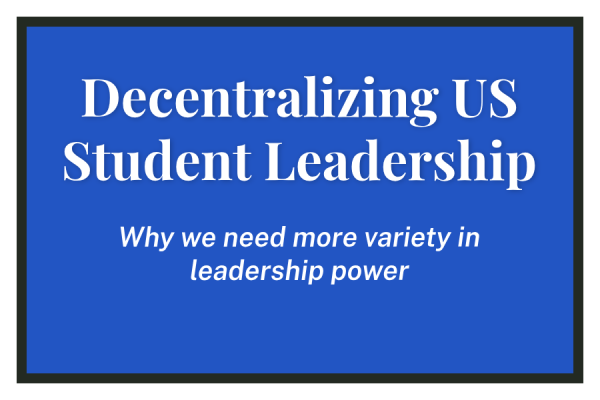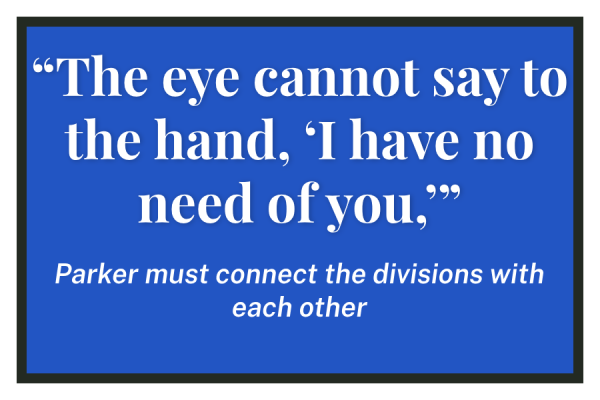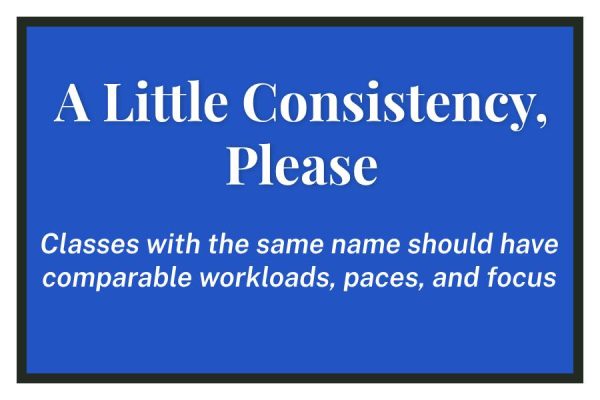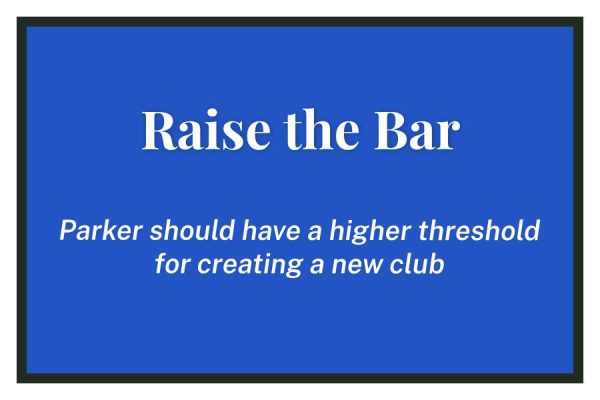Editorial, Issue 3 – Volume CX – Mental Health During Remote Learning
We as students, teachers, and parents need resources to navigate this difficult time. The COVID-19 pandemic has affected all of us mentally and emotionally, not just physically. According to data from Mission Harbor Behavioral Health, seven out of ten teens reported that they were struggling with their mental health in some way. Social isolation, Zoom fatigue, and general stress about the coronavirus have all contributed to these alarming statistics.
For many people, classes and meetings on video calls feel more mentally draining than classes and meetings in person. This phenomenon is called Zoom fatigue. According to an article by the Harvard Business Review, Zoom fatigue happens for many reasons. To be able to absorb the same information in a meeting or conversation that you would in real life, you have to focus more. It’s also easier to become distracted with other computer windows or things around us. Lastly, it affects how we pay attention to others because we are looking straight at them.
To combat Zoom fatigue, the article suggests avoiding multitasking, building in breaks, and reducing onscreen stimuli. In classes, avoid working on other homework or messing with distractions. Switching between tasks reduces productive time, rather than increasing it. Multitasking also reduces one’s ability to remember information.
Resisting multitasking is hard, but closing windows and tabs or using Chrome extensions such as “Forest” can help reduce distractions and improve focus. “Forest” makes you set a timer, and during that time you can only use certain websites. In the “Allowlist mode,” you can only use websites that you have put on the list already. For the “Blocklist mode,” you can block any websites that distract you such as social media sites, games, and online shopping sites.
Taking screen breaks can also help alleviate Zoom fatigue. During class, try looking away for a 20 seconds twice a class, or every 20 minutes. During breaks, resist the urge to go from your computer screen to your phone screen. Do something off screen like make a snack, talk to a family member, play with a pet, or even better, go outside for some fresh air.
Research has shown that we spend the most time looking at ourselves when we’re on Zoom calls. This leads to losing focus, but you can easily avoid this by using the “hide self-view” feature. To do this, click on your Zoom rectangle and select the option. Additionally, using “speaker view” rather than “gallery view” can help maintain focus on the teacher or current speaker.
During class, going outside or to a room with natural light can help. Also, neck stretches reduce tension held in the neck during online classes. Bring your shoulders up to your ears, hold for a few seconds, and release. You can also tilt your head to the side and lightly place your hand on your head, letting the weight of your hand gently bring your head down. Then, point your chin to the ceiling, carefully stretching your neck.
Talking to people over the phone or socially distanced may be better than on video chat to take a break from screens. For time alone, try journaling or going on a walk. Additionally, doing a hobby you enjoy can offer a sense of accomplishment and productivity; this is a time where motivation can be hard to find. To do all this in a day may seem hard, but creating a routine that incorporates alone time, socializing, schoolwork, and sleep can help maintain order.
Find your flow state. A flow state is when you feel like you are “in the zone.” Hobbies and activities that require concentration, engagement, and enjoyment can help do this. The benefits of a flow state include finding a sense of clarity, reducing stress, and increasing good feelings. Even if you don’t find yourself in your flow state, doing activities you enjoy increase mindfulness, reduce stress, and are just fun to do.
Exercise can also help improve your health and state of mind. “Exercise regulates the body’s central stress response system,” according to an article by CNN, “which can help reduce cortisol and other harmful stress hormones.” On Youtube and other websites there are workouts that you can complete. Additionally, going outside for a walk or run before it gets too cold gets you into nature and gets you some exercise. Yoga is another form of exercise that incorporates mindfulness.
Meditation is a way to clear your mind and reduce stress. Apps like Headspace, and Calm have meditations to follow, and Youtube has free videos with meditations. According to a UCLA study, meditation helps relieve stress, lessen depression, improve sleep, and boost memory and mood.
Most importantly, give yourself a pat on the back at the end of the day. This is a hard time for everyone, but the fact you have made it this far is impressive. During this time more than ever, prioritizing your mental health is what will help you get through this. This doesn’t mean giving up on classwork, though. Do your classwork sooner rather than later to avoid extra stress and communicate with your teachers when you are having a hard time. Take advantage of times when you feel motivated, you’ll thank yourself later.
If things are getting too hard to handle, reach out to your advisors and the school counselors.
We reached out to Dr. Gary Childrey and Ms. Binita Donohue. They both regularly use meditation to center the self. Here are the websites that Donohue uses:
Also, below are hotlines, websites, and other resources for more information and support.
National Youth Crisis Hotline: 1-800-448-4663
Substance Abuse and Mental Health Services Administration (SAMHSA): 1-800-662-HELP (4357)
National Alliance of the Mentally Ill: 1-800-950-6264
The Trevor Project: 866-4-U-TREVOR
Teen Line: 1-310-855-HOPE (4673)
National Suicide Prevention Lifeline: 1-800-273-TALK (8255)
National Hopeline Network: 1-800-SUICIDE (784-2433)











